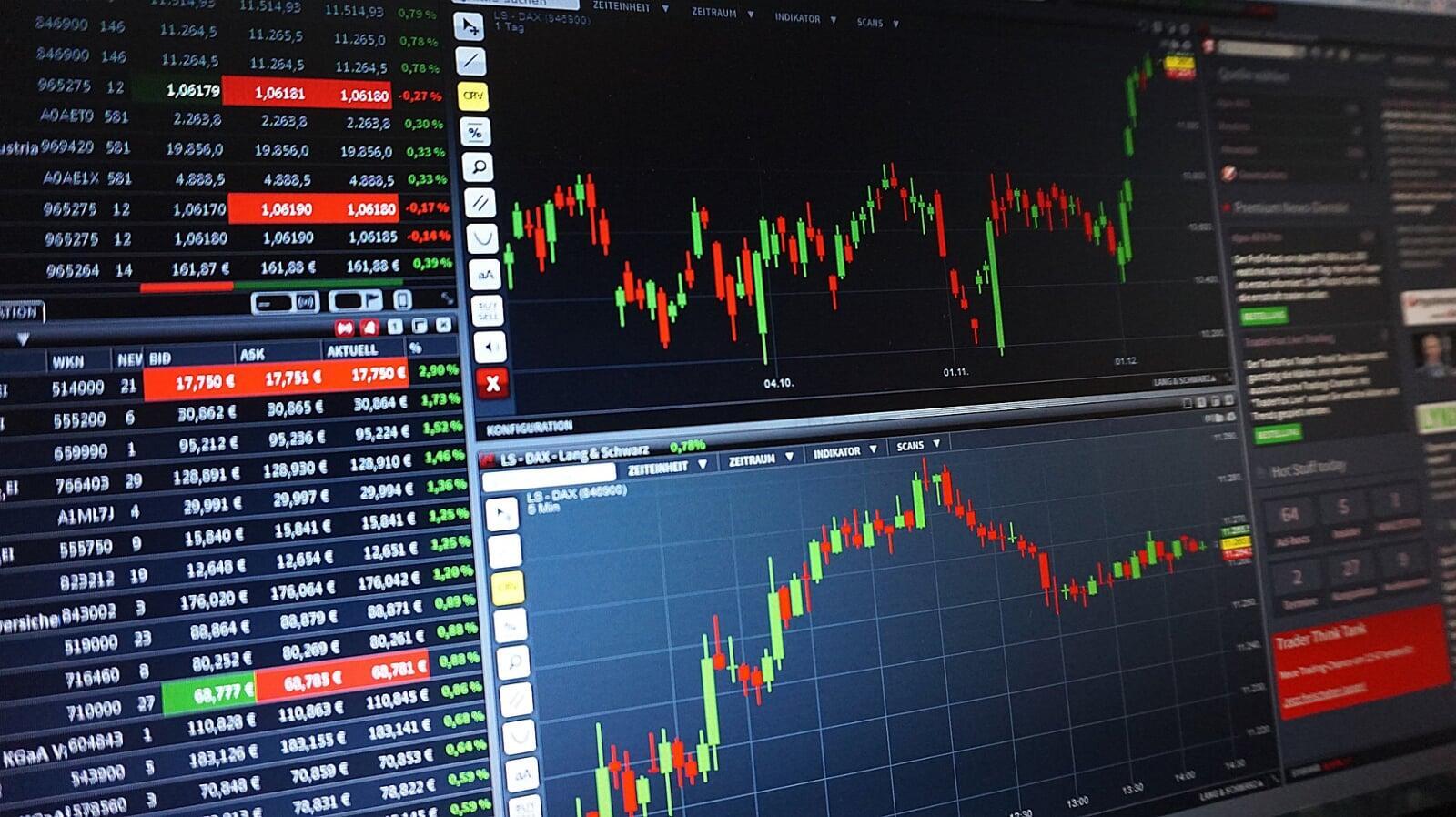Turns Out That the People Closest to the Business Often Do Know Best
Turns Out That the People Closest to the Business Often Do Know Best
When company insiders—executives, directors, or significant shareholders—buy or sell stock in their own companies, it’s called insider trading. For many, the phrase evokes images of courtroom dramas and SEC crackdowns, but there’s a crucial distinction between legal insider trading and illegal insider trading. Understanding the difference and recognizing the signals sent by legal insider trading can provide investors with valuable insights into market behavior.
In this article, we’ll explore what insider trading is, how to differentiate legal from illegal activity, and what statistical evidence says about its relevance for investors.

What Is Insider Trading?
Insider trading occurs when individuals with access to non-public, material information about a company use that information to buy or sell its stock. Such insiders include:
- Executive Officers: CEOs, CFOs, and other high-level executives.
- Directors: Members of the company’s board.
- Large Shareholders: Typically those owning more than 10% of the company.
Legal vs. Illegal Insider Trading
Legal Insider Trading
Legal insider trading happens when insiders buy or sell stock based on public information and comply with disclosure rules established by the Securities and Exchange Commission (SEC). Key features of legal insider trading include:
- Timely Disclosure: Insiders are required to report trades to the SEC via Form 4 within two business days of the transaction.
- No Material Non-Public Information: Legal trades are based only on information available to the general public.
- Pre-Arranged Plans: Insiders can create 10b5-1 trading plans, which allow them to make pre-scheduled trades irrespective of any insider knowledge.
Illegal Insider Trading
Illegal insider trading occurs when insiders trade stock based on material, non-public information, giving them an unfair advantage over regular investors. Examples include:
- Trading before an earnings announcement that hasn’t been released.
- Acting on information about a merger, acquisition, or major product development before it becomes public.
- Sharing or acting on tips about non-public information.
Illegal insider trading is a severe offense, punishable by hefty fines and even prison time. The case of Martha Stewart, who served jail time for insider trading, is a well-known example of illegal activity.
Why Legal Insider Trading Matters
Legal insider trades are significant because insiders often have a deep understanding of their company’s operations and prospects. A CEO or board member investing their personal funds sends a strong signal about confidence in the company’s future performance.
Key Reasons Why Insider Trading Signals Are Valuable:
- Access to Better Information: Insiders don’t just rely on quarterly reports or press releases. They see the full picture, including strategic plans, internal forecasts, and operational challenges.
- Skin in the Game: When insiders buy, they’re putting their own money at risk, which suggests they believe the company is undervalued or poised for growth.
- Historical Evidence: Studies have shown that insider buying tends to correlate with future stock outperformance.
Want to learn how hedge fund managers use insider trading to their advantage?Watch our videoto see how we help professionals like you make smarter investment decisions.

Statistical Evidence Supporting Insider Trading Analysis
1. Studies on Insider Purchases
Research consistently demonstrates that insider purchases often precede stock price increases. For instance:
- A 2012 study published in the Journal of Finance analyzed insider trading patterns and found that insider purchases significantly outperform the market over a 12-month period. Insiders beat market returns by an average of 6% annually.
- Jeng, Metrick, and Zeckhauser (2003) analyzed insider trades from 1975 to 1996, showing that insider purchases outperformed market benchmarks by 7% annually, while sales underperformed by about 2%.
2. Patterns in Insider Selling
While insider selling doesn’t always predict poor performance, large and frequent sales can indicate concerns about overvaluation. However, insiders often sell for reasons unrelated to company performance, such as diversification or personal financial needs.
3. SEC Rule 10b5-1 Trading Plans
Trading under pre-arranged plans can muddy the waters, as these trades may not reflect real-time sentiment. Yet, deviations from these plans—such as significant buying outside of a 10b5-1 plan—can be a strong signal of insider confidence.
Interested in actionable insights delivered straight to you?Join our Newsletter today to start tracking key insider moves.
How Investors Can Use Insider Trading Data
1. Follow the Buys, Not the Sells
Insider buying is generally a more reliable indicator than selling because insiders sell for various reasons (e.g., personal expenses, taxes). When insiders buy, it’s often a sign they believe the stock is undervalued.
2. Focus on Clusters
When multiple insiders buy shares within a short timeframe, it’s called cluster buying. This can be a particularly strong signal, suggesting broad internal confidence in the company.
3. Consider the Insider’s Role
Not all insiders are created equal. A purchase by the CEO or CFO is typically more meaningful than a buy from a director who may not be as involved in daily operations.
4. Look at the Transaction Size
Larger purchases indicate greater conviction. For example, an executive investing millions of dollars in company stock is a more compelling signal than a token purchase of a few thousand dollars.
5. Use Insider Trading as a Supplement
Insider trading data is a valuable tool, but it should be used alongside other analyses, such as fundamentals, technicals, and valuation metrics. Combining these methods creates a well-rounded investment strategy.
Case Studies: Insider Trading in Action
Case Study 1: Elon Musk and Tesla
In 2018, Elon Musk purchased $25 million worth of Tesla shares shortly after the company’s stock faced a steep decline. This bold move signaled confidence, and Tesla shares rebounded significantly over the following months.
Case Study 2: Apple’s Executive Buying
In 2016, Apple executives purchased shares during a slump following disappointing iPhone sales. Within a year, the stock had gained nearly 40%, rewarding investors who followed insider buying trends.
Tools for Tracking Insider Trades
Several tools and platforms help investors track insider trading activity, including:
- SEC EDGAR Database: Publicly available insider trading reports.
- Third-Party Platforms: Sites like Finviz, GuruFocus, and MarketBeat aggregate insider trading data and provide user-friendly dashboards.
- Premium Newsletters: Services like our Insider Trading Digests go a step further, analyzing insider trades and connecting them to actionable stock picks.
Discover Smarter Strategies to Beat the Market
Are you a hedge fund manager or investor looking to optimize your portfolio?
Watch Our Exclusive Video Insights Below!
Access Our Free Exclusive Whitepaper
Are you overlooking critical insider signals that could boost your portfolio performance?
📘 Get Your Free Copy:
"5 Insider Signals Top Asset Managers Are Missing"
- Discover the hidden indicators that reveal where smart money is moving.
- Learn how leading asset managers use insider signals to gain a competitive edge and drive superior returns.
Access Now to unlock actionable insights and transform your investment strategy today.
Take the first step toward smarter investing: Book your free strategy session and let us guide you to building a winning portfolio.

